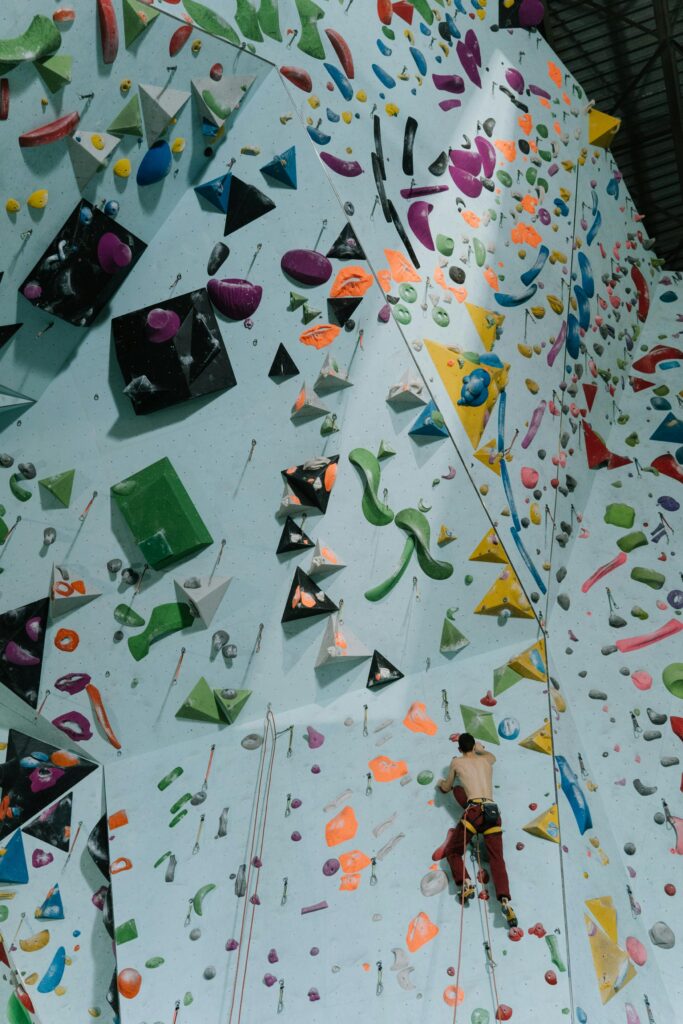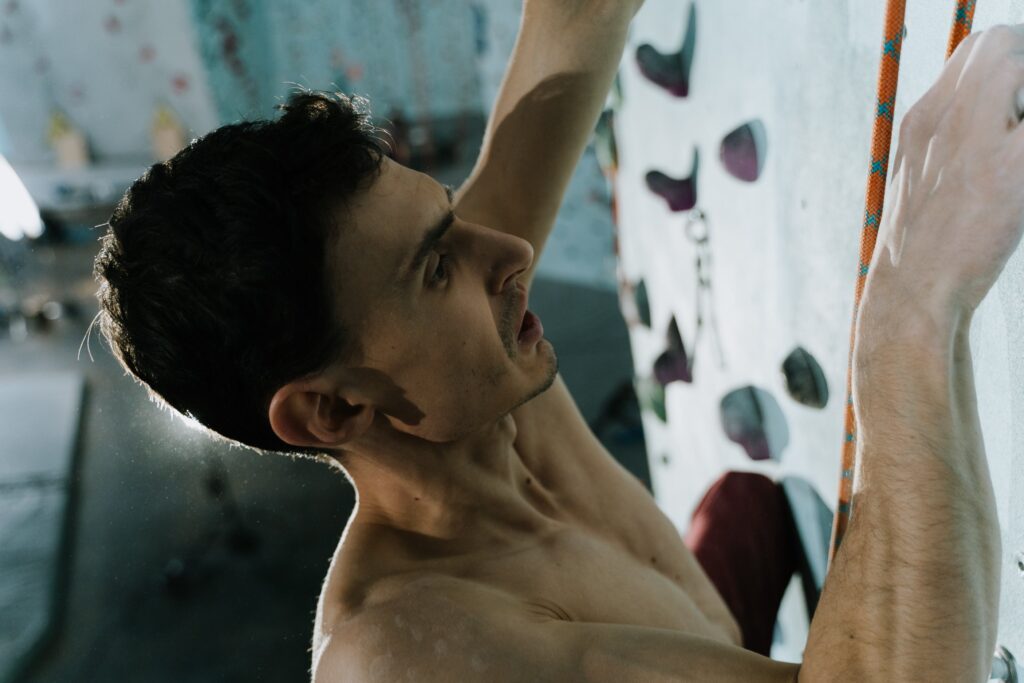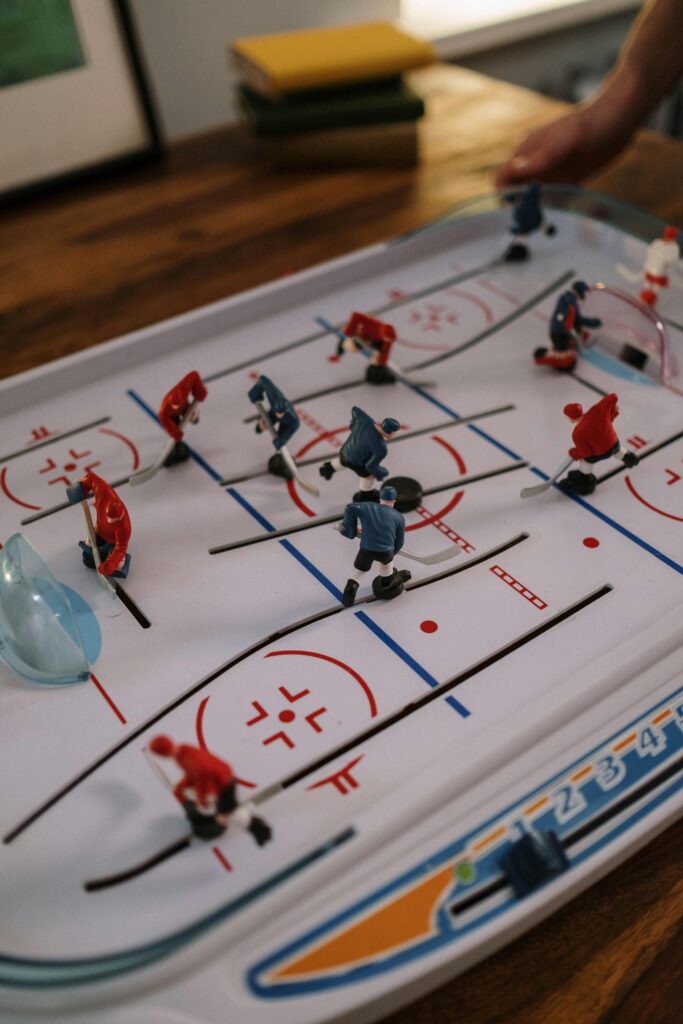If you’ve ever wondered about the origins of the game of lacrosse and its deep ties to Native American culture, you’ve come to the right place. In this article, we will explore the fascinating history of lacrosse and discover what the indigenous people of North America called this beloved sport. Hold on tight as we journey back in time to uncover the ancient roots of lacrosse and the special significance it held for Native Americans.

This image is property of images.pexels.com.
Origin of Lacrosse
Lacrosse, a sport that has gained immense popularity in modern times, actually has its roots deeply embedded in Native American culture. The origins of lacrosse can be traced back to the Native American tribes that inhabited the land long before European colonization. This ancient game held immense significance in Native American society, with each tribe having their own unique names, variations, and contributions to the sport.
Early Origins
The early origins of lacrosse can be dated back centuries ago, with evidence of its existence found in various archaeological sites across North America. The game was played by numerous Native American tribes and was often seen as more than just a form of entertainment. It was a way to strengthen social bonds, resolve conflicts, and prepare warriors for battle.
Native American Culture
In Native American culture, lacrosse was much more than just a game. It was deeply intertwined with their spiritual beliefs and served as a means to honor their ancestors and pay homage to the natural world. The sport was often seen as a reflection of the harmony and balance sought in Native American society, with players aiming to showcase agility, strength, and teamwork on the field.
Importance of Lacrosse in Native American Society
Lacrosse held immense importance in Native American society, playing a central role in various tribal ceremonies and rituals. It was often used as a method of settling disputes between tribes, with games acting as a substitute for war. The game was also seen as a way to connect with the spiritual realm, with players and spectators alike viewing it as a form of sacred expression.
Native American Terminology for Lacrosse
Different Native American Names
Just as the Native American tribes differed in their cultures, languages, and customs, they also had different names for lacrosse. This reflects the rich diversity of indigenous cultures and their unique perspectives on the sport. Some of the names used by Native American tribes include “Baggataway” by the Ojibwe, “Tewaarathon” by the Iroquois, and “Dehuntshigwa’es” by the Mohawk.
Variations in Names across Tribes
The variations in names for lacrosse across different Native American tribes serve as a testament to the regional and cultural diversity among these indigenous peoples. The terminology used to refer to the sport not only varied in language but also in the underlying symbolism and meanings attached to the game. Each tribe had their own understanding and interpretation of lacrosse.
Explanation of Names
The Native American names for lacrosse hold deep significance and reflect the values and beliefs of the tribes that coined them. For example, the Iroquois term “Tewaarathon” translates to “little brother of war,” highlighting the connection between the game and warrior values within their culture. The Ojibwe name “Baggataway” means “to hit a rounded object,” emphasizing the physicality and strategy required in the game.
Iroquois Influence on Lacrosse
Iroquois Connection to Lacrosse
The Iroquois Nation, which consisted of six tribes (Mohawk, Oneida, Onondaga, Cayuga, Seneca, and Tuscarora), played a significant role in the development and spread of lacrosse. Lacrosse held immense cultural and spiritual importance for the Iroquois, who saw it as a way to honor their Creator and maintain unity among the tribes. The game was deeply ingrained in their daily lives and played a pivotal role in community bonding.
Iroquois Naming of Lacrosse
The Iroquois referred to lacrosse as “Tewaarathon,” a term that encompasses much more than just the physical act of playing the game. To the Iroquois, lacrosse was a sacred sport, a means of connecting with their ancestors, and a reflection of their values and traditions. “Tewaarathon” translates to “little brother of war,” highlighting the Iroquois’ belief that the game was a preparation for battle and a way to honor their warrior heritage.
Significance of Iroquois in Lacrosse History
The Iroquois played a crucial role in the history of lacrosse, both in terms of its development and its preservation. Their deep-rooted connection to the game fueled their determination to educate others about its cultural significance and protect it from cultural appropriation. Today, the Iroquois Nationals lacrosse team represents their nation on the international stage, showcasing their rich lacrosse traditions and contributing to the sport’s global growth.
Algonquin Influence on Lacrosse
Algonquin Connection to Lacrosse
The Algonquin tribes were another group of Native Americans who played a significant role in the history of lacrosse. The sport held great importance among the Algonquin people, serving both recreational and ceremonial purposes. It was seen as a way to strengthen social bonds, resolve conflicts, and celebrate their cultural heritage.
Algonquin Naming of Lacrosse
The Algonquin referred to lacrosse as “Baggataway,” a term that highlights the physicality and strategic nature of the game. It translates to “to hit a rounded object,” emphasizing the action of using a stick to propel a ball across the field. This name reflects the Algonquin’s focus on the physical prowess required in the game and their appreciation for the skill and precision involved.
Role of Algonquin in Lacrosse History
The Algonquin tribes’ contributions to lacrosse history are significant, as they played a vital role in the development and spread of the game across North America. Their unique approach to the sport, characterized by swift and agile movements, influenced the playing style of subsequent generations. The Algonquin’s commitment to preserving their cultural heritage through lacrosse has helped ensure its continued existence as a vibrant tradition.

This image is property of images.pexels.com.
Sioux Influence on Lacrosse
Sioux Connection to Lacrosse
The Sioux tribes, renowned for their warrior culture and rich traditions, also had a deep connection to lacrosse. The sport played a crucial role in the lives of the Sioux people, providing not only entertainment but also a way to pass down ancestral knowledge, instill discipline, and promote unity within the community.
Sioux Naming of Lacrosse
The Sioux referred to lacrosse as “Toli,” a term that symbolized the spiritual aspect of the game. To the Sioux, playing lacrosse was not merely a physical activity but a spiritual journey that connected the players to their ancestors and the natural world. The name “Toli” encapsulates the Sioux’s reverence for the game and the deep spiritual meaning they associated with it.
Contributions of Sioux in Lacrosse History
The Sioux tribes made significant contributions to lacrosse history, both through their unique playing style and their preservation of the sport’s traditions. The Sioux’s agility, speed, and strategic thinking on the field influenced the evolution of the game. Additionally, their commitment to teaching younger generations about the cultural significance of lacrosse underscores their role as guardians of their heritage.
Cherokee Influence on Lacrosse
Cherokee Connection to Lacrosse
The Cherokee, one of the largest Native American tribes, also had a strong connection to lacrosse. The game held immense importance within Cherokee society, serving as a means of fostering community bonds, honing skills, and promoting physical fitness. It was deeply ingrained in their cultural fabric and played a vital role in ceremonies and celebrations.
Cherokee Naming of Lacrosse
The Cherokee referred to lacrosse as “Ani-Stohini,” a term that translates to “The Little Brother of War.” Like other tribes, the Cherokee viewed lacrosse as a preparation for battle and a way to honor their warrior heritage. The Cherokee believed that “Ani-Stohini” instilled important values such as teamwork, leadership, and strategic thinking, making it an integral part of their cultural identity.
Role of Cherokee in Lacrosse History
The Cherokee’s contributions to the history of lacrosse extend beyond their playing prowess. They embraced the game as a way to connect with their ancestors, promote physical well-being, and pass down their traditions to future generations. The Cherokee’s steadfast commitment to preserving their lacrosse heritage has ensured that their unique playing style and cultural practices continue to thrive.

This image is property of images.pexels.com.
Navajo Influence on Lacrosse
Navajo Connection to Lacrosse
The Navajo, known for their rich cultural traditions and deep spiritual beliefs, also had a connection to lacrosse. Although not as widely known for their participation in the sport as other tribes, the Navajo incorporated lacrosse into their ceremonial practices and recognized its value in fostering unity and promoting physical and mental well-being.
Navajo Naming of Lacrosse
The Navajo referred to lacrosse as “Ndaanish,” a term that reflects their understanding of the game as a spiritual journey. To the Navajo, “Ndaanish” was more than just a physical contest; it represented a path to self-discovery, personal growth, and connection with the greater spiritual realm. This name underscores the Navajo’s profound reverence for the game and its transformative power.
Contributions of Navajo in Lacrosse History
While the Navajo’s influence on lacrosse history may not be as well-known as that of other tribes, their contributions are nonetheless significant. The Navajo’s incorporation of lacrosse into their ceremonial practices allowed them to maintain their cultural heritage and pass it on to future generations. Their unique perspective on the sport adds depth and diversity to the broader narrative of lacrosse.
Other Native American Tribes: Influence and Names
While the Iroquois, Algonquin, Sioux, Cherokee, and Navajo played prominent roles in the history and cultural significance of lacrosse, they are not the only tribes with connections to the sport. Various other Native American tribes have their own unique contributions, names for lacrosse, and regional playing styles. Some examples include:
Creek
The Creek tribe participated in lacrosse with great enthusiasm, employing their own tactics and strategies on the field. While their specific name for the sport is not widely documented, their involvement in lacrosse demonstrates the widespread nature of the game among Native American tribes.
Choctaw
The Choctaw tribe also had a connection to lacrosse, playing the sport with their own distinct style and traditions. Although the specific name they used for lacrosse is not well-documented, the Choctaw’s involvement further highlights the diversity and rich history of lacrosse among Native American tribes.
Ojibwe
The Ojibwe, also known as the Chippewa, referred to lacrosse as “Baggataway.” This name reflects their understanding of the game as a test of physical skill and strategic decision-making. The Ojibwe’s unique approach to lacrosse showcased their distinct playing style and contributed to the cultural tapestry surrounding the sport.
Lenape
The Lenape, also known as the Delaware tribe, played an important role in the history of lacrosse. While the specific name they used for the game is not widely known, their participation in lacrosse highlights the widespread nature of the sport among Native American tribes of the Northeastern Woodlands.
Blackfoot
The Blackfoot tribe, known for their prowess in hunting and warfare, also played lacrosse. Although the specific name they used for lacrosse has not been widely recorded, their involvement in the sport showcases its significance among the Plains tribes and their unique contributions to the game’s development.
Inuit
The Inuit, an indigenous people inhabiting the Arctic regions of North America, also had their own version of lacrosse. Known as “Aqsaqtuk,” this form of the game was adapted to the Arctic environment and played on ice or snow. The Inuit’s adaptation of lacrosse demonstrates the resilience and adaptability of Native American cultures.
Modern Usage and Awareness of Native American Names
Recognition of Native American Terminology
In recent years, there has been a growing recognition and appreciation for Native American terminology in various aspects of society, including sports. The use of indigenous names for sports teams, mascots, and equipment has gained traction as a way to honor and respect Native American cultures. This increased awareness has led to the inclusion of Native American names for lacrosse in both professional and amateur settings.
Promotion of Indigenous Names
Various organizations and individuals have actively promoted the use of indigenous names for lacrosse to ensure that Native American cultures are properly represented and celebrated. By utilizing these names, the aim is to acknowledge the historical and cultural significance of the sport to Native American tribes and avoid cultural appropriation.
Challenges and Controversies
While progress has been made in recognizing and promoting indigenous names for lacrosse, there are still challenges and controversies surrounding their usage. Some argue that the adoption of indigenous names should be accompanied by meaningful efforts to support Native American communities, address social issues, and promote cultural understanding. Others feel that the use of indigenous names can be seen as tokenistic or superficial without genuine engagement with Native American history and culture.
Conclusion
The origins of lacrosse are deeply rooted in Native American culture, with each tribe having its own unique names, variations, and contributions to the sport. Through their distinct terminologies and playing styles, Native American tribes like the Iroquois, Algonquin, Sioux, Cherokee, and Navajo have shaped the history and cultural significance of lacrosse. The usage of indigenous names for lacrosse has gained traction in recent years, offering an opportunity to honor and respect Native American cultures. While challenges and controversies persist, the increased awareness and promotion of indigenous names contribute to a more inclusive and culturally respectful approach to the sport. By recognizing and celebrating the rich heritage of lacrosse, we can forge a deeper appreciation for its origins as we continue to enjoy the game in modern times.
